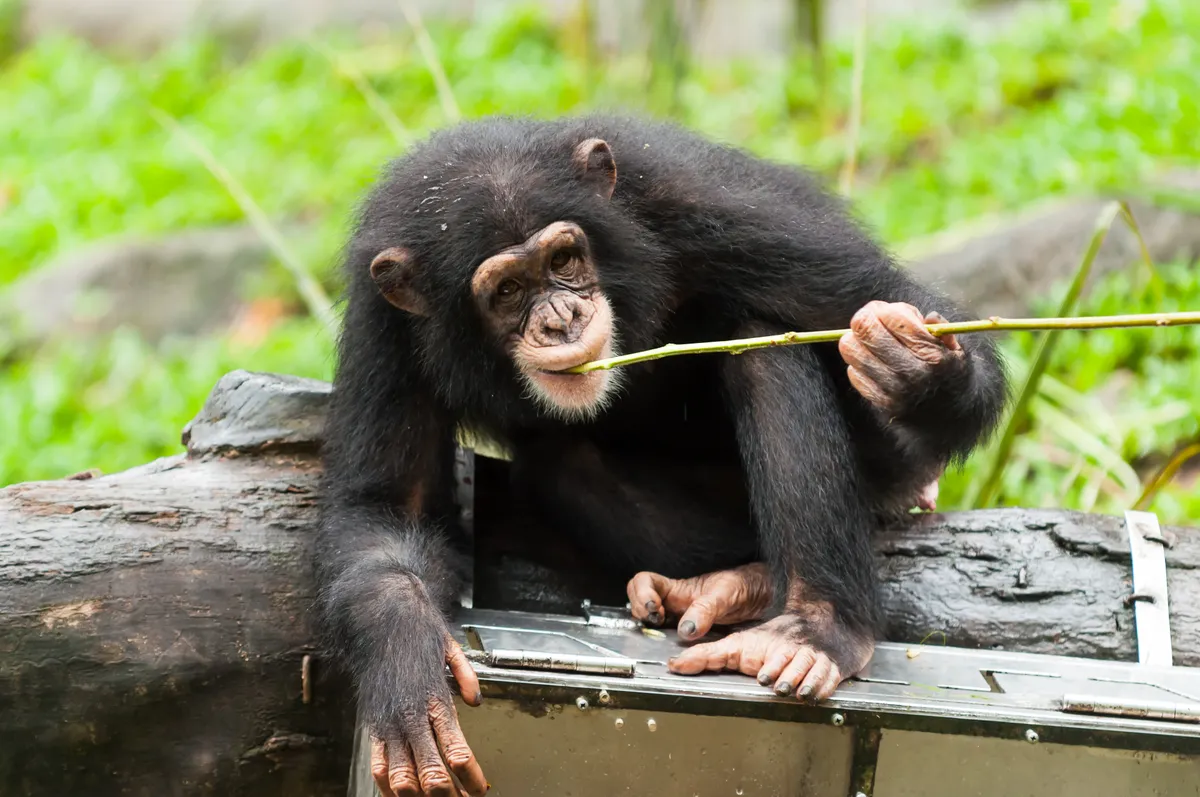What New Caledonian crows lack in opposable thumbs, they make up for with imagination. New research suggests they are able to make the right tool for a job by picturing it first.
These corvids are famous for the hooked tools they fashion from twigs to extract prey from nooks and crannies. But biologists have now revealed that they can do more than that.
Researchers presented eight captive birds with a box containing food that could only be accessed by poking a long, thin implement through a slot. The trouble was, the materials provided (various rods and tubes) were too short.
However, four of the crows twigged that by inserting a rod into a tube, they could make a longer stick. One bird was even able to combine four sections.
The only example of an ape creating bespoke tools from multiple components was a chimpanzee named Sultan, who was taught to join two pieces of bamboo to obtain bananas placed out of reach.

The crows, however, found the solution themselves, and the researchers argue that solving the problem requires the birds to imagine how they might use objects that do not yet exist.
“I am convinced that the great apes, and probably other species of mammals and birds, may have such capabilities,” says Alex Kacelnik, who led the work at the University of Oxford. “New Caledonian crows are keen on using tools, hence it is easier to collect such evidence working with them.”
Kacelnik says wild crows aren’t known to make compound tools. But that might be because they don’t need to. “One of the most exciting things in our experiments is their capacity to innovate by devising new solutions to problems that they do not normally face.”
There may be other situations where such thought processes are handy, says Kacelnik. “We can imagine social interactions before acting, to manipulate the behaviour of others.”